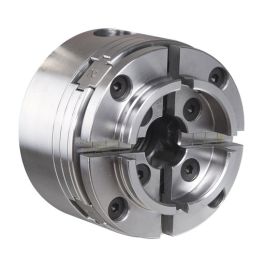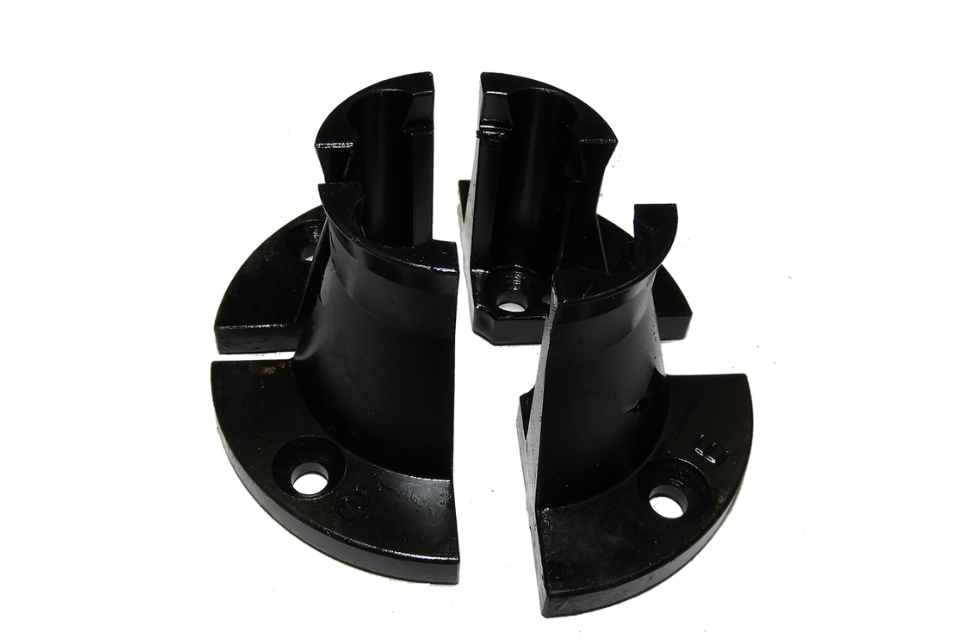Flexner has a great book on finishes, I've read it a couple times and still go back to it for reference once in a while. Short answer to your question from my experience (YMMV):
- No finish, many have used for hundreds of years. Foodsafe, but doesn't provide any protection and can lead to cracks etc depending on use and care
- Mineral oil is easy, universally acknowledged as food safe, and won't provide any real protection
- Walnut oil is pretty easy, drying time can be an issue sometimes, generally accepted as food safe (albeit some question for allergies, never heard of an actual issue), dries (cures) flat and provides some protection, easy to renew
- Other vegetable oils will not cure and can turn rancid, don't use them as a finish
- Tung oil is generally accepted as food safe, I don't have any experience with it as it's difficult (and expensive) to get real tung oil - read the label, most calling themselves this aren't
- Shellac, foodsafe (used as coatings by food and drug industry) and easy to apply, minimal water protection, I wouldn't recommend for salad bowls
Beyond the above you get into a religious war over food safety. Per Flexner, ALL finishes are food safe once fully cured (generally a month). Most people don't debate eating from plastic plates and silverware which are made using much more caustic and harmful components than wood finishes but for some reason wood finish stirs violent arguments. Below are some I've used, but again YOU need to decide where you stand on this religious war.
- GF used to label some of their finishes as "food safe", their legal beagles got on them a few years ago and they no longer label any finishes food safe. Still, in the past they made a Salad Bowl Finish and Wood Turners Finish that I've used and were labeled food safe. I don't think you can find Salad Bowl Finish anymore, but it behaved more like a little thicker Danish Oil as I recall. WTF can still be found, but no longer labeled food safe - it's water based, dries VERY quickly allowing a half dozen coats to be put on in ~an hour. It is a build finish but has held up very well on some cereal bowls I made ~10yrs ago that have been used fairly often.
- Danish Oil, I only really have experience with Watco brand here, is combined oil and thinned poly. Can be built up with several coats if you want to (I don't so it leaves a fairly flat finish), easy to apply, and to repair, provides some protection (more coats more etc). This is my 'go to' finish for the vast majority of my bowls.
- Wipe On Poly, I only have experience with home made WOP (I use ~50/50 poly and mineral spirits). This behaves similar to DO above but builds and dries faster (provides more gloss) and provides some more durability than DO (again depending on the number of coats).
- Waterlox, labeled as food safe. Behaves similar to DO and WOP but more glossy than DO and imparts less of a yellow tone. Several coats dry to a nice hard finish that can be buffed to look very nice. Much more expensive than DO or homebrew WOP.
- Poly - essentially the same as many many coats of WOP, but harder to apply
I have no experience with lacquer and so won't comment beyond saying it's the 'go to' finish for artistic high gloss pieces but I haven't seen it used much for functional pieces (I did use some Deft brush on lacquer years and years ago that was wonderful to apply but it stunk the whole house out, probably wasn't good for my lungs either).
Lastly I'll echo
@Roger Wiegand regarding the admonition against film forming finishes for bowls. Years ago I gave a large bowl to a friend that I'd built up a poly finish on thinking it would be used to hold fruit etc; I saw this bowl after several years of them using it for salads and cutting the salad up in the bowl, it was a mess!


